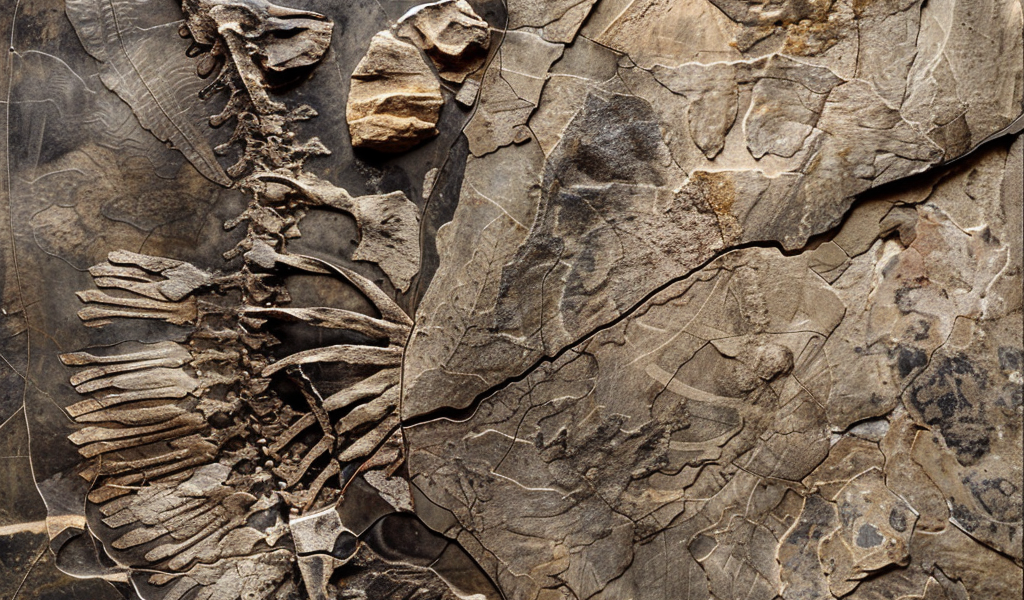Scientists have long been fascinated by the possibility of life beyond Earth and have been actively searching for clues to support this quest. One such intriguing location that has caught the attention of researchers is the Clarkia Middle Miocene Fossil Site in Idaho. This site has provided invaluable insights into ancient environmental conditions and has the potential to offer clues about life on Mars.
The Clarkia Middle Miocene Fossil Site in Idaho is a treasure trove of well-preserved ancient plants and other biological remains. These fossils, dating back over 11 million years, have offered scientists a glimpse into the past and have become a focal point for studying the potential for life on other planets, particularly Mars.
Researchers have utilized the site’s sediments to study biological marker molecules, or biomarkers, which are remnants of past life. These biomarkers have provided valuable information about Earth’s history and have served as a model for understanding ancient environmental conditions on Mars.
The site’s history dates back approximately 16 million years when a lava flow created a deep lake in the region. Over time, the lake dried up, leaving behind sediments that have preserved microbial, plant, and animal remains. The exceptional preservation of these fossils has allowed scientists to study the chemical composition of ancient plant material and gain insights into the past environment.
Today, the study of ancient lakebeds on Earth has become increasingly significant in the quest to understand habitable environments on other planets. The biomarkers found in Clarkia’s lake sediments hold the potential to provide crucial clues about the conditions that may have supported life on Mars, offering a unique perspective for astrobiologists and researchers at NASA.
The research conducted at the Clarkia Middle Miocene Fossil Site represents a significant step forward in our understanding of potential life beyond Earth. By studying the well-preserved fossils and biomarkers at this site, scientists are paving the way for new insights into the search for extraterrestrial life, further fueling the fascination with the possibility of life on other planets.





